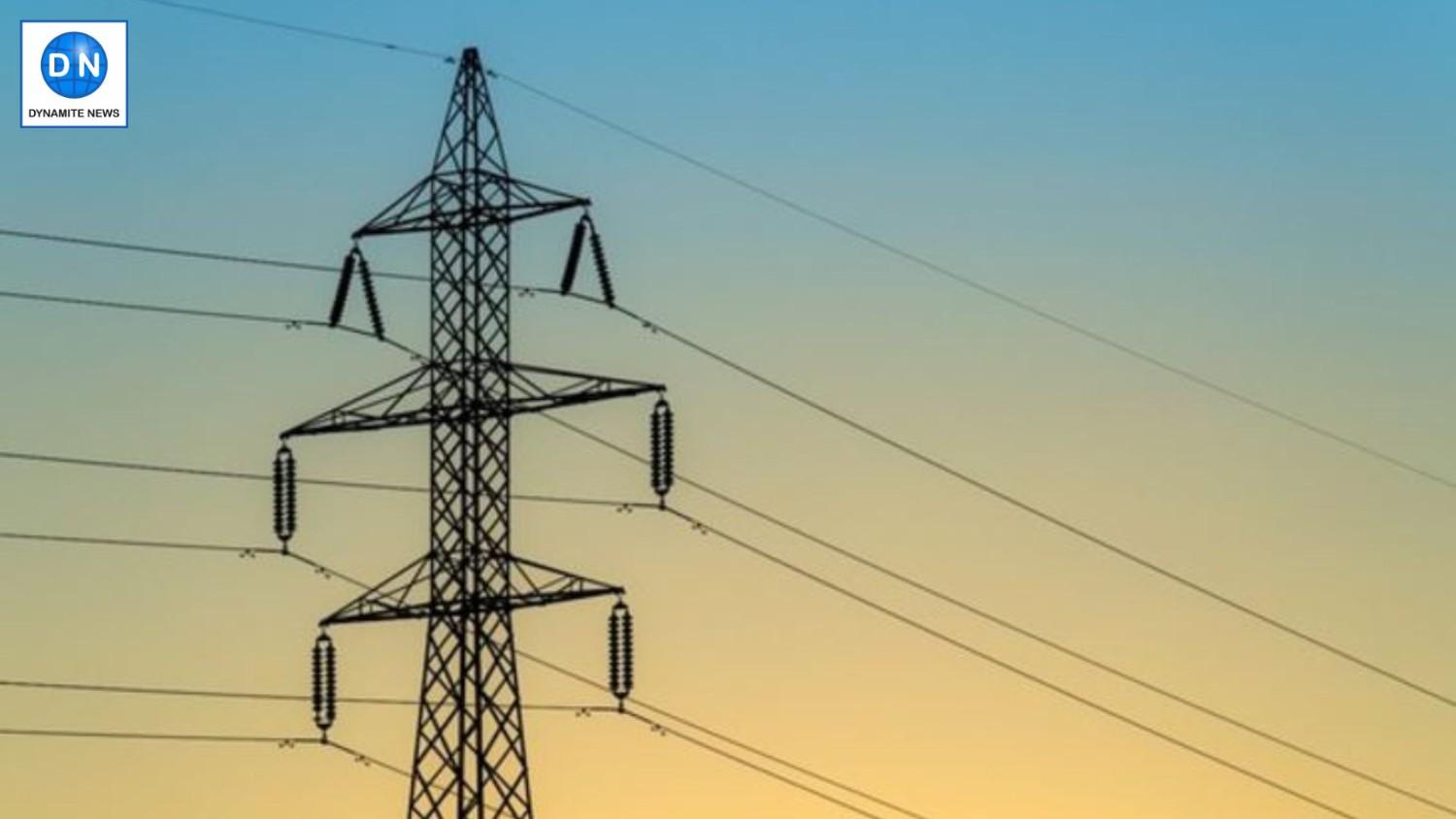Delhi's Winter peak power demand also expected to break record, likely to surpass 6300 MW
As Delhi's power needs continue to rise, the city's winter months are expected to follow the record-breaking summer's trend in peak demand. Read further on Dynamite News:

New Delhi: As Delhi's power needs continue to rise, the city's winter months are expected to follow the record-breaking summer's trend in peak demand.
According to the BSES press release, during summer 2024, Delhi reached an unprecedented peak power demand of 8656 MW.
Forecasts from SLDC (State Load Dispatch Centre) indicate that Delhi's peak power demand this winter could surpass 6300 MW, setting a new seasonal high. Last winter, the peak hit 5816 MW, marking the highest level recorded in the national capital.
Within the BRPL and BYPL areas, winter peaks previously hit 2529 MW and 1210 MW, respectively; this winter, they are projected to exceed 2600 MW for BRPL and 1240 MW for BYPL
To deliver reliable power year-round, BSES discoms are focusing on strategic power planning, precise demand forecasting, and maintaining a robust distribution network. These measures are set to ensure consistent power availability for more than 50 lakh consumers, covering 2 crore residents in South, West, East, and Central Delhi during the coming winter months.
Also Read |
Fog blankets Delhi; flights, trains delayed due to low visibility
To maintain a reliable and eco-friendly supply, BSES has secured over 2000 MW of renewable energy.
This green power mix includes 840 MW of solar power, 546 MW of hydropower, 500 MW of wind energy, 40 MW of waste-to-energy, and over 180 MW from rooftop solar installations across Delhi's neighborhoods. With this diverse mix, up to 53% of BSES' peak winter power demand--expected to exceed 3900 MW--will be met through green energy.
Additionally, to ensure consistent power availability, BSES discoms are leveraging mechanisms like "banking," "power exchange," and maintaining "spinning reserves." If demand unexpectedly spikes, BSES is prepared to secure short-term power from the exchange. Advanced load forecasting will also enhance reliability by ensuring demand is predicted with precision.
In an effort to maximise efficiency, BSES discoms will bank surplus power with states in need of extra energy during the winter. This banked power will flow back to Delhi in the high-demand summer months. BRPL plans to bank up to 210 MW, while BYPL aims to bank up to 575 MW, supporting states like Uttarakhand, Tamil Nadu, Himachal Pradesh, Rajasthan, and Kerala, which reciprocated with power support during Delhi's peak summer months.
Also Read |
Delhi Power Supply: BSES fully ready for Capital monsoon season
The reliable power supply hinges on accurate demand (load) forecasting performed on multiple time scales: (i) (i) day-ahead in 96 time slots, (ii) intra-day, and (iii) medium-term (from a fortnight to a one-year outlook).
Key weather factors, including temperature, rainfall, cloud cover, wind speed and direction, and humidity, are integrated, along with variables like holidays and unexpected disruptions. BSES uses a combination of sophisticated advanced statistical forecasting models using complex algorithms, combined with state-of-the-art and artificial intelligence and machine learning tools for precise load forecasting.
"Domain expertise provided by IMD-POSCO further enhances this system, creating accurate forecasting models that save both time and costs.
This accurate day-ahead, intra-day, and medium-term demand forecasting is vital for optimal and cost-effective planning in ensuring reliable power supply to consumers at an optimal cost. BSES actively leverages the real-time market on the power exchange, which aids in balancing RE power and maintaining grid stability. (with Agency inputs)
 Dynamite News
Dynamite News 